On Memorial Day this year, and every year, thousands of people come out to complete The “MURPH” Challenge, which is in honor of Lt. Michael Patrick Murphy. He was a United States Navy SEAL officer killed during the War in Afghanistan on June 28, 2005. People around the world complete this workout every year, and this was one of Murphy’s favorites. He liked to call it “Body Armor”. MURPH is no easy task and we suggest you start training now to get prepped. We asked some MURPH experts on advice on taking on the challenge. Everything from what gear you should use, pacing the workout, and scaling the workout. Here are our tips on how to take on The “MURPH”.
Our Experts:
Josh Bridges: Former Navy SEAL, 6x CrossFit Games Athlete, 4x Crossfit Regionals Champion, 7x CrossFit Open Workout Winner
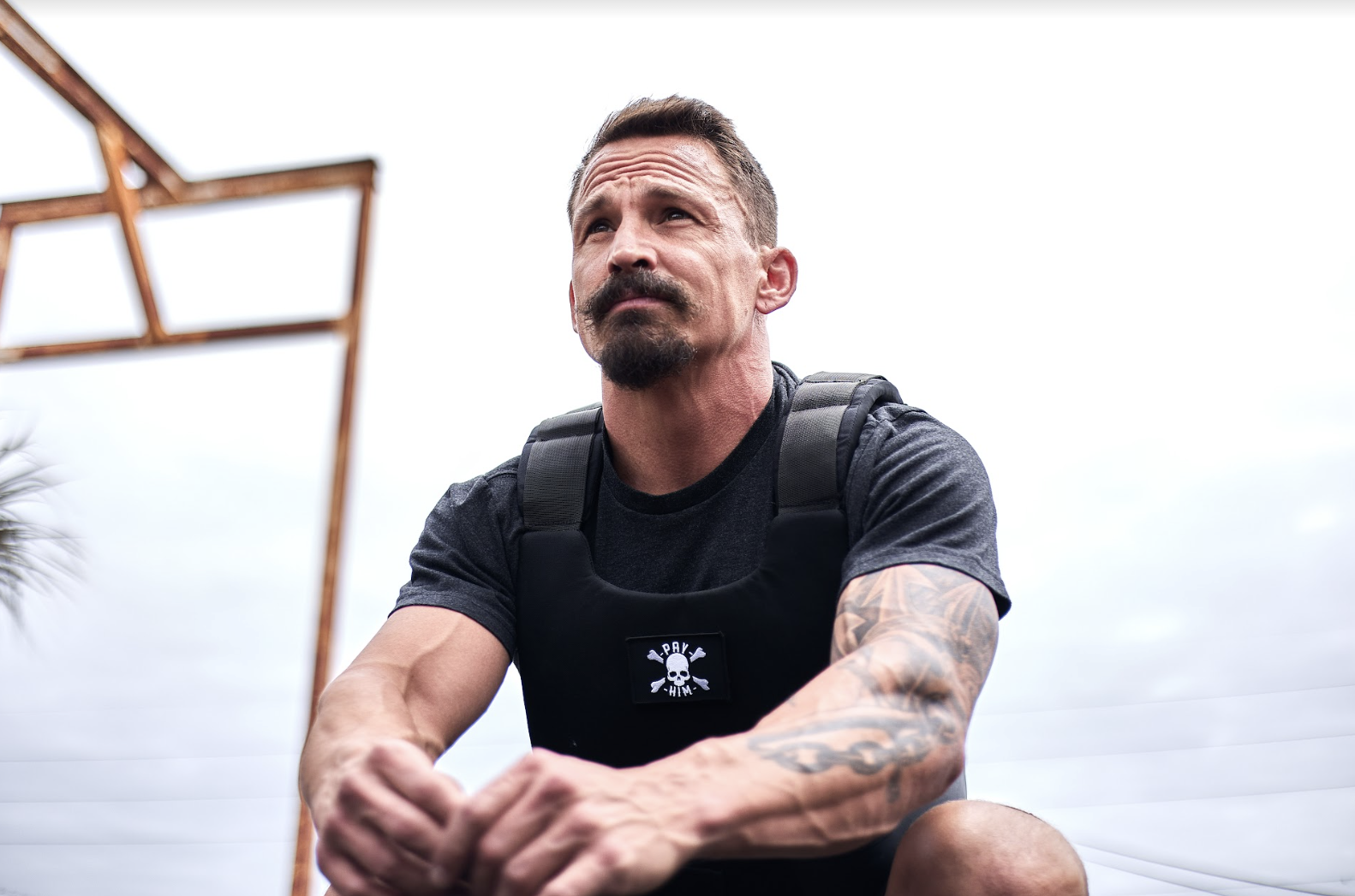
Matt Chan: Career Firefighter, Titan Games Season 2 Champ, climber, mountain biker, hunter, six CrossFit Games appearances with 4 top ten finishes.
Cherie Chan: Operations ninja for TrainFTW, career coach of 14 years, CFL4 coach, Pn2, dedicated to continuing to learn how to increase the quality of life and longevity through fitness in the gym and spending as much time recreating outside as modern life will allow.
(To make it easier, we’ll call them The Chans.)
Kevin Torres: Former middle school vice principal and served two combat tours as an infantryman with the 101st Airborne Division, Founder and Head Coach of Forging Elite Fathers, a program specifically designed for busy dads who want to go from Dad Bod to Fit Dad without sacrificing family time.
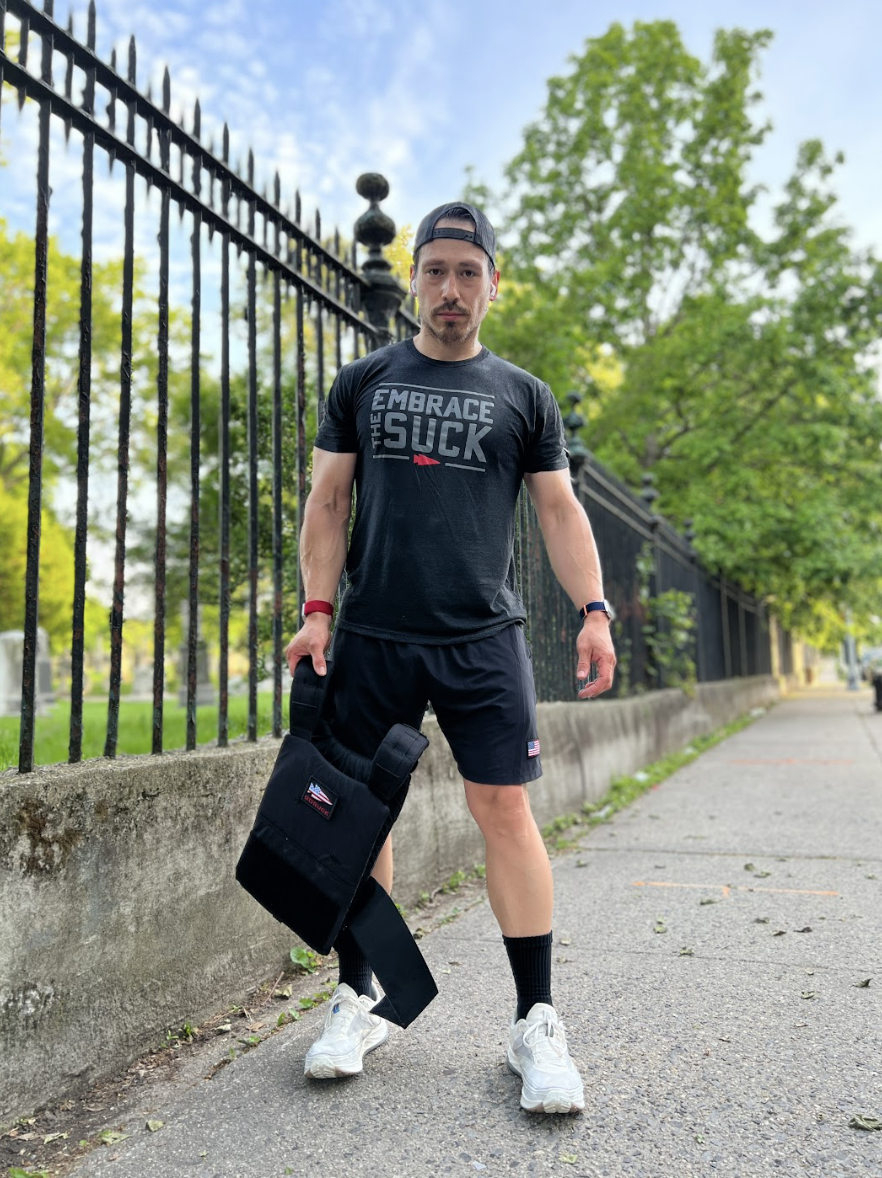
Their Tips for MURPH:
What is the recommended gear for The MURPH?
Josh: I would recommend The Training Weight Vest for MURPH, but if that isn’t accessible then a GORUCK Ruck Plate Carrier or Rucker with 20# in it will work just fine. Either get the job done of adding the weight for the workout.
Chans: Rucking has become a big part of my training plan each year. It is a great way to add volume without adding intensity or potential for injury. If you don’t have a weight vest for MURPH this year, why not use your rucksack? It’s a realistic tool to incorporate. I’m going to be using my Rucker 4.0.
Kevin: One of my personal favorite pieces of equipment is the GORUCK Weight Vest, which is PERFECT for Murph. The vest is adjustable, so the fit is always perfect, and you can load it up with 10, 20, even 30 lb plates on the front and back, which distributes the weight evenly across your torso! Another great option is the Plate Carrier from GORUCK, which allows you to carry 20, 30, even 45 lb plates on your back, which adds up pretty quickly when you’re knocking out 100 push ups! If you don’t have either of those pieces, then I’d recommend loading up your Rucker, a GR1, or even a Sandbag and get moving!
What is some advice for each specific movement of the WOD?
Josh: When it comes to running with weight make sure you’re not slamming your feet down, run smooth. For the pull ups just grip it and rip it. For push ups makes sure elbows are staying close to the body don’t let them flare out. For air squats same thing keep a little bit of a narrow stance and just keep moving. Don’t take too much time for rest.
Chans: Any suffering in physical activities is just time. What I mean by that, is you need to keep your mind clear and remember that it is only minutes and they will pass. I tell myself to breathe, remind myself it’s only time and also try to check in on my form as much as possible. In a workout like “MURPH” it is easy to get lazy with form, especially if you don’t stay present. I try to stay present as much as I can and self correct deteriorating form like dropping my chest in the squats and snaking my chest in the push-ups.
Kevin: You should plan for this workout to take anywhere between 40-60 minutes. It’s not a race (although, it sort of is!). So, don’t go out too hot on that first mile because you still have a TON of work to do after that first run. Instead take that first mile at a slightly faster than conversational pace and don’t worry about your time. As far as the second mile at the end of the workout goes, even if you want to take it fast, you likely won’t be able to. Your legs are going to be cooked from the 300 air squats, so don’t be surprised if you take off for the run and feel like a drunk Bambi. Just accept the fact that you look like a silly mess and maintain a steady pace for that first 1/2 mile. After you’ve loosened up and wiped the tears from your face, you can pick up the pace for the second half of the mile as you bring the workout to an end!
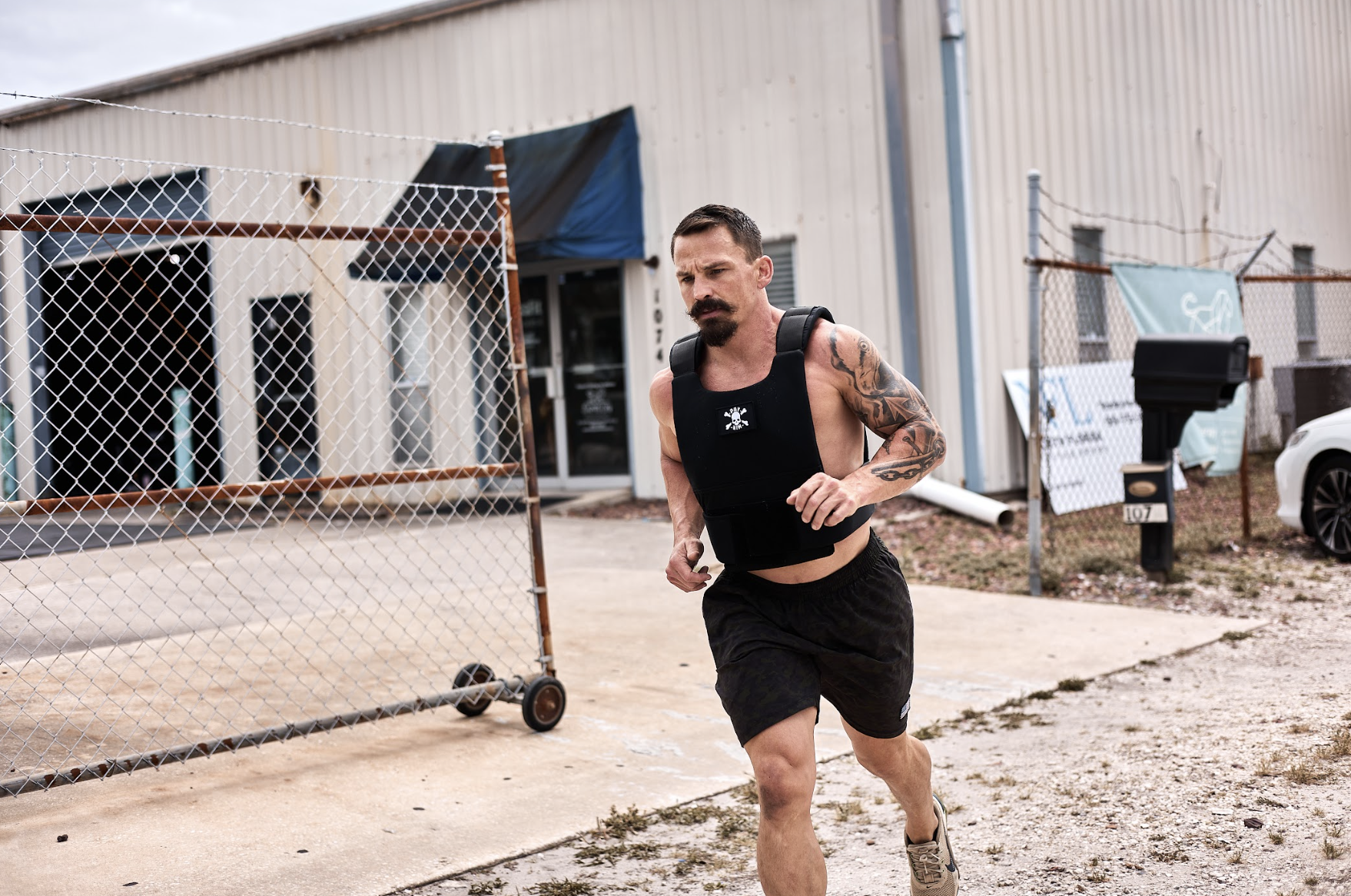
What are some ways to pace the entire workout?
Josh: On the first run, go out at a nice pace don’t go too hard. This isn’t where you make your money. On the pull ups small goals equal big goals so just pick numbers you can keep hitting. Same for the push-ups. Try not to get to failure. For the squats again just keep moving. Don’t take long breaks.
Chans: I pace the workout with 20 rounds of 5 push-ups, 5 pull-ups, 5 push-ups and 15 squats. The push-ups are always the movement that is the hardest for me and this allows me to minimize any resting or waiting for my arms to magically rejuvenate. I’ve done this the last few years without weight. This year I’ll give it a shot with my ruck!
Kevin:
5 – 10 Rounds of
400 Meter Run followed by
2 Rounds of
5 Pull-Ups/Bent Over Rows
10 Push-Ups
15 Air Squats
So, this means you would do a 400 meter run, followed by TWO rounds of 5 pull-ups, 10 push-ups, and 15 squats. Then you’d repeat that circuit for a total of 5-10 rounds.
No matter if you’ve completed the WOD 50 times, or this is your first time, what are some ways the workout can be scaled?
Josh: If you need to scale the first thing would be to remove the weight vest or ruck. Then from there if running isn’t an option, ruck or pick a rower or a bike. For pull ups you can do jumping pull ups or banded ones. For push ups sometimes it’s hard on people’s wrists, so doing them on a dumbbell can help or putting your knees on the floor. Remember this workout is for someone who paid the ultimate sacrifice. Keep that in the back of your head. Keep moving!
Chans: Number one is scale the volume. Why not do 1/2 or 1/4 “MURPH”? This volume is appropriate for many. I also like having clients do “MURPH” as a team, it builds camaraderie and builds in recovery time. Additionally, one of my favorite scales in “MURPH” is for the push-up. Add a band under your hip in the push-ups to assist in a rigid push-up, this will build the strength and body position to transfer to non banded push-ups in the future.
Kevin: If you haven’t completed the MURPH workout before, then you might consider just using your body weight. However, if you’re up for a little challenge, then adding a little weight into the mix is going to make the workout that much more fun! Like I mentioned before, breaking up the run might not be an exact MURPH with the mile starter and finisher. But if you do all 10 rounds, the volume is the same! If you do 5 rounds, that’s half a Murph, which might just be enough for you this year! Whatever you decide to do this year, remember why our community is doing this workout this weekend: to honor the sacrifices of those who’ve given their lives so that the rest of us can enjoy ours – soldiers, first-responders, cops, fire fighters, and literally anyone else who selflessly made our world a tiny bit better.
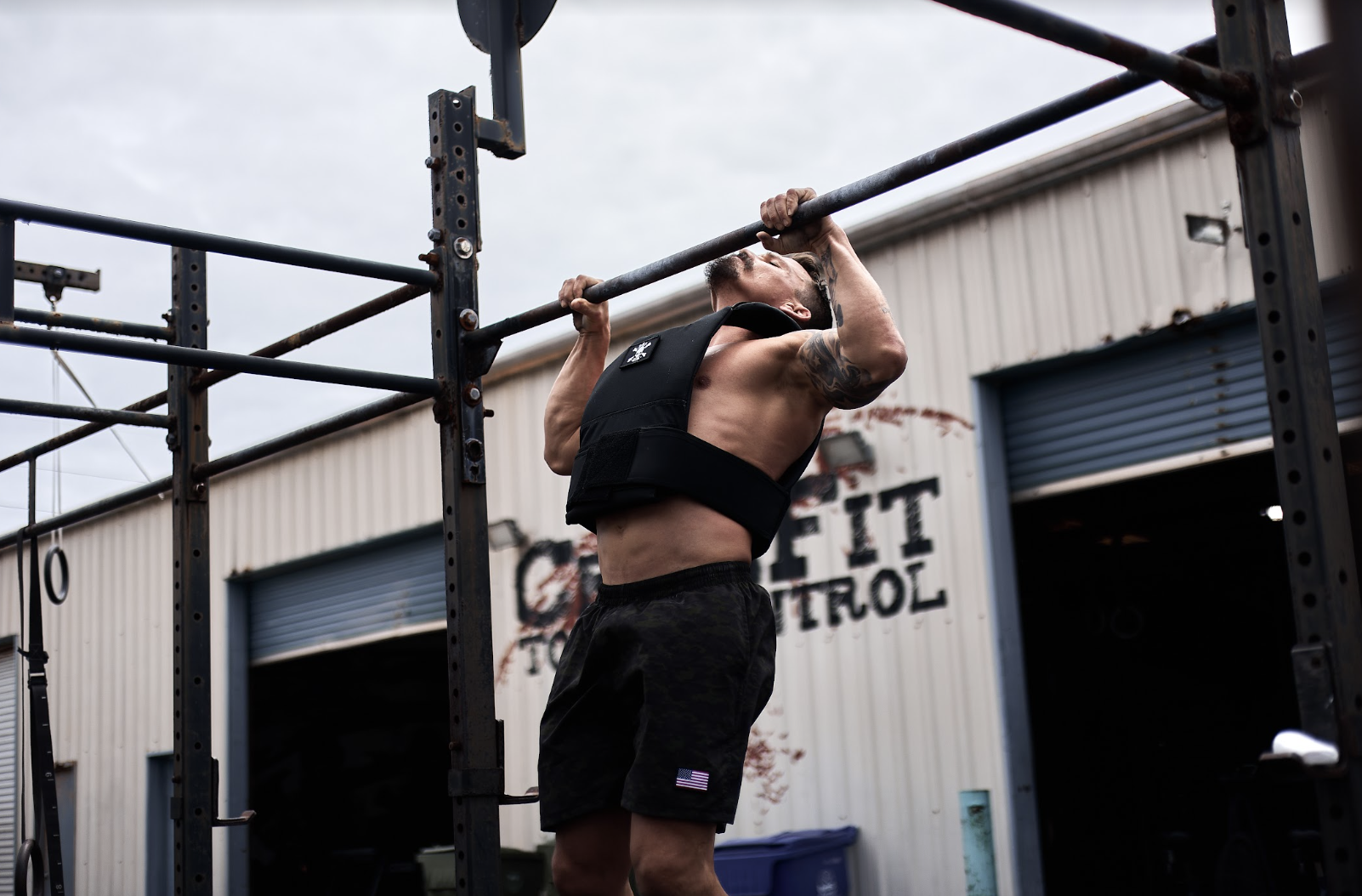
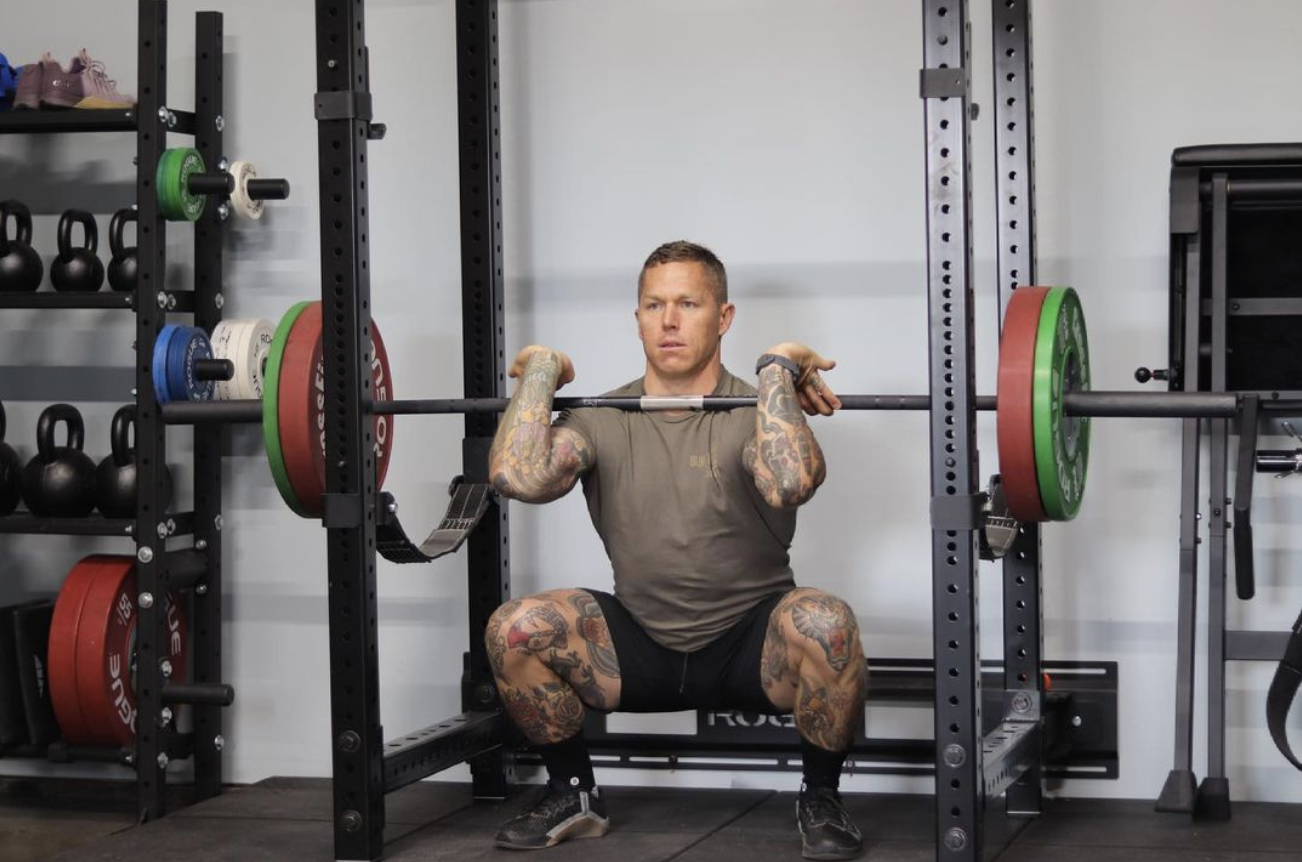
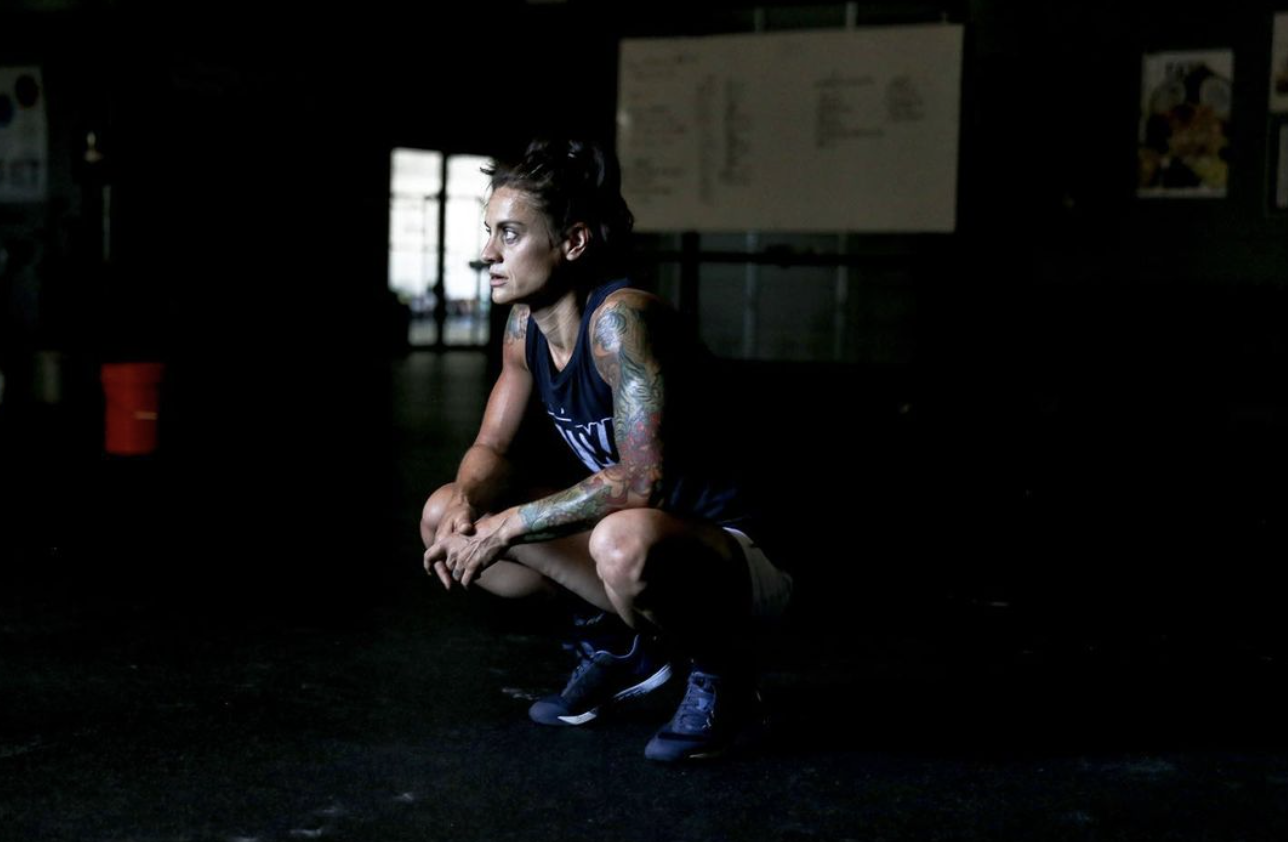
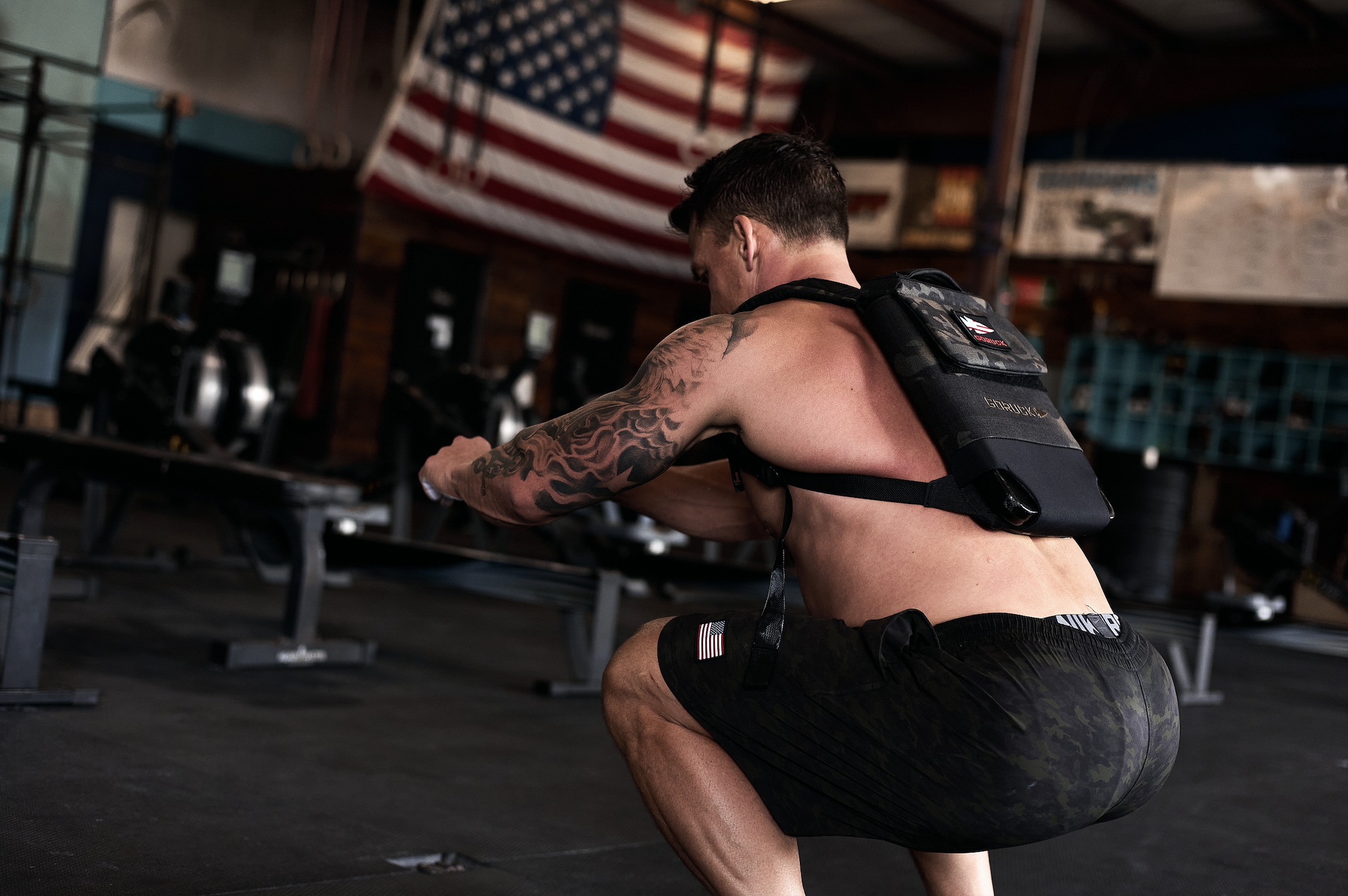
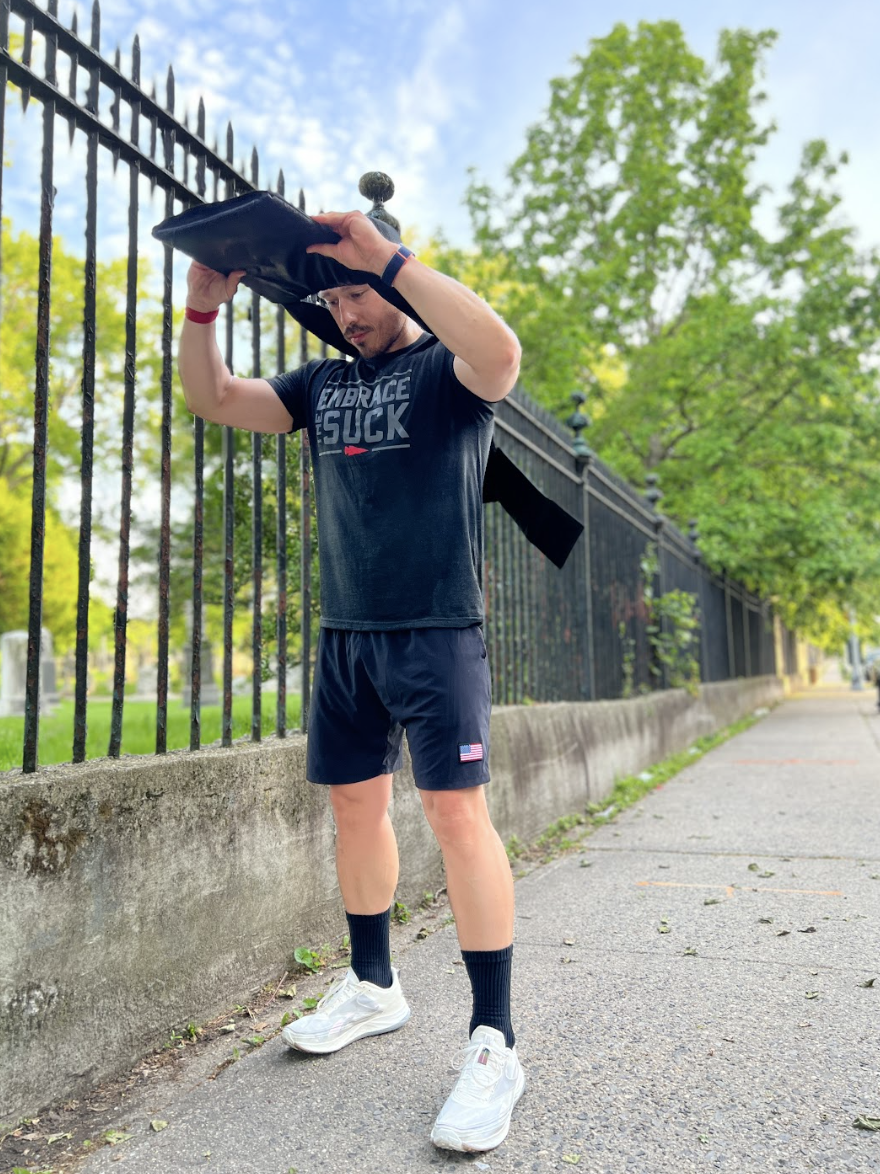
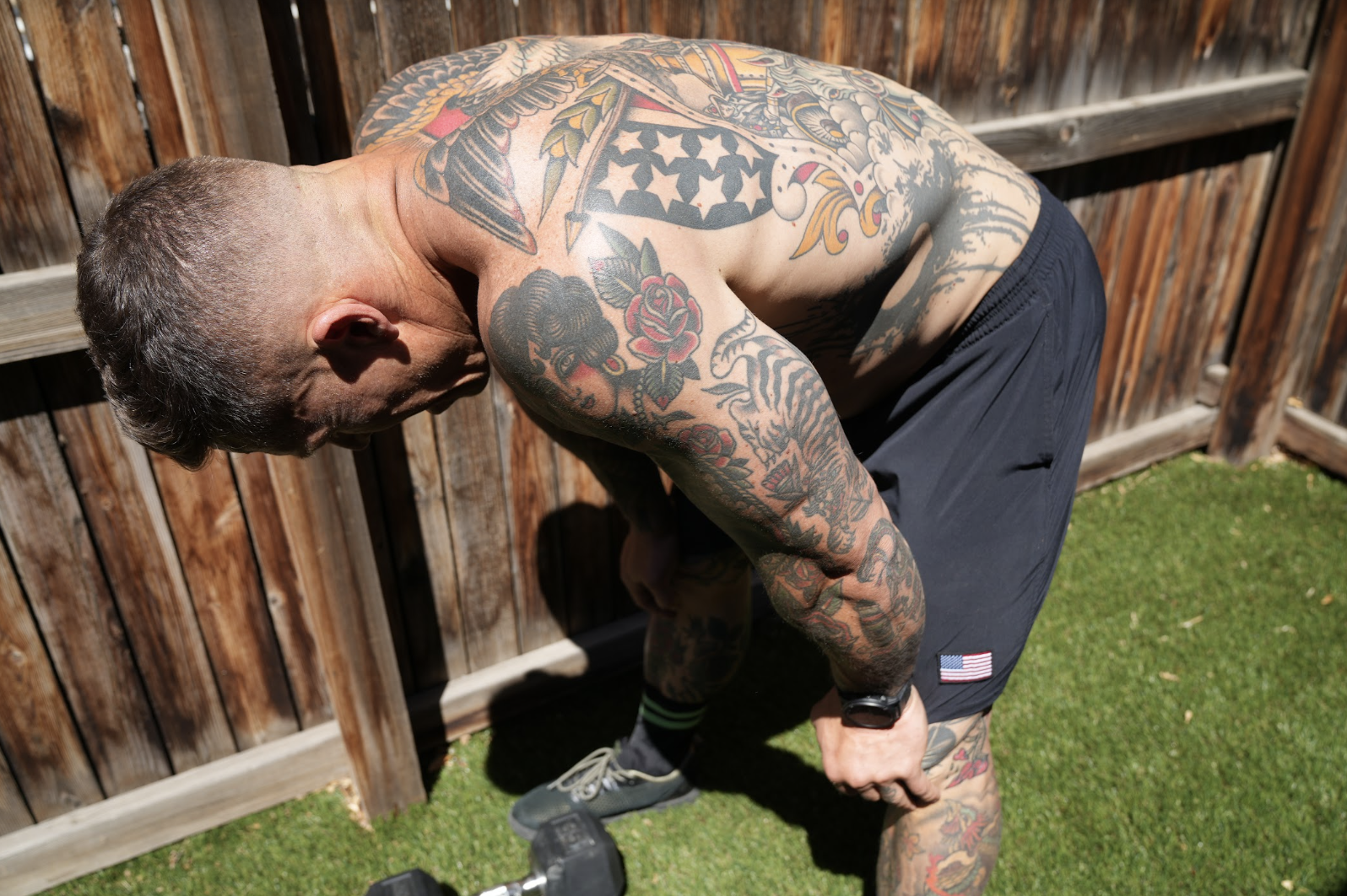

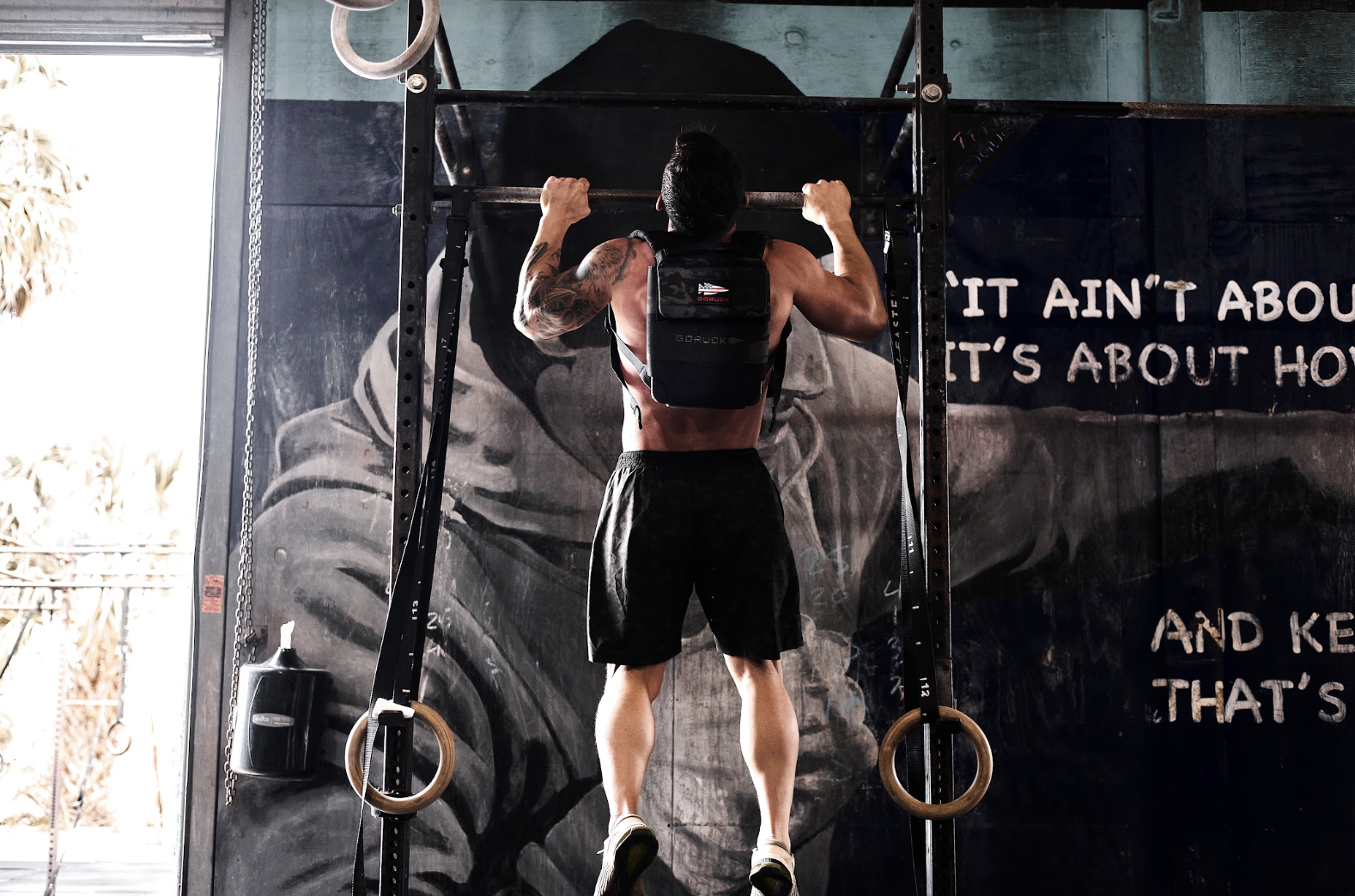
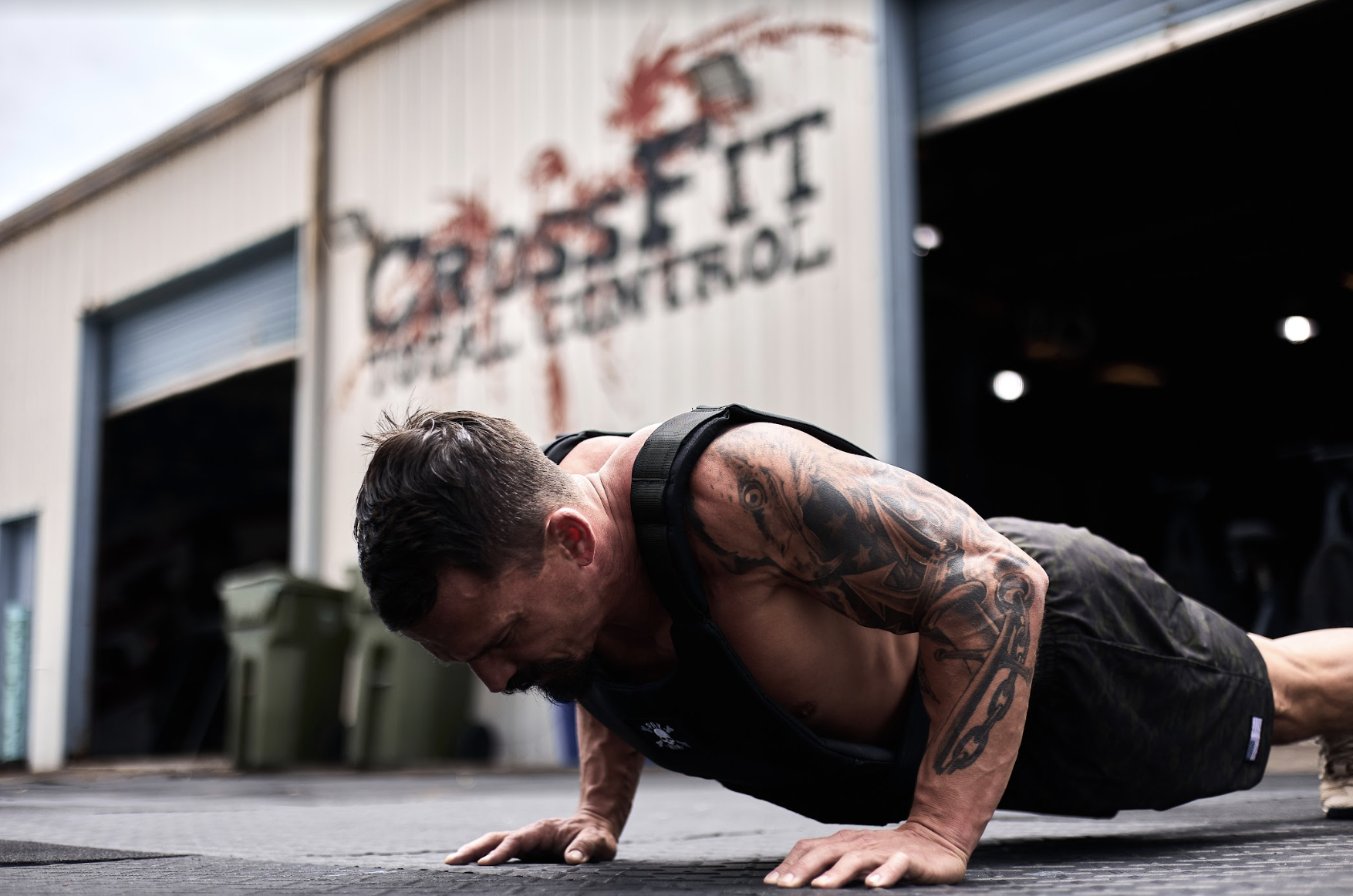
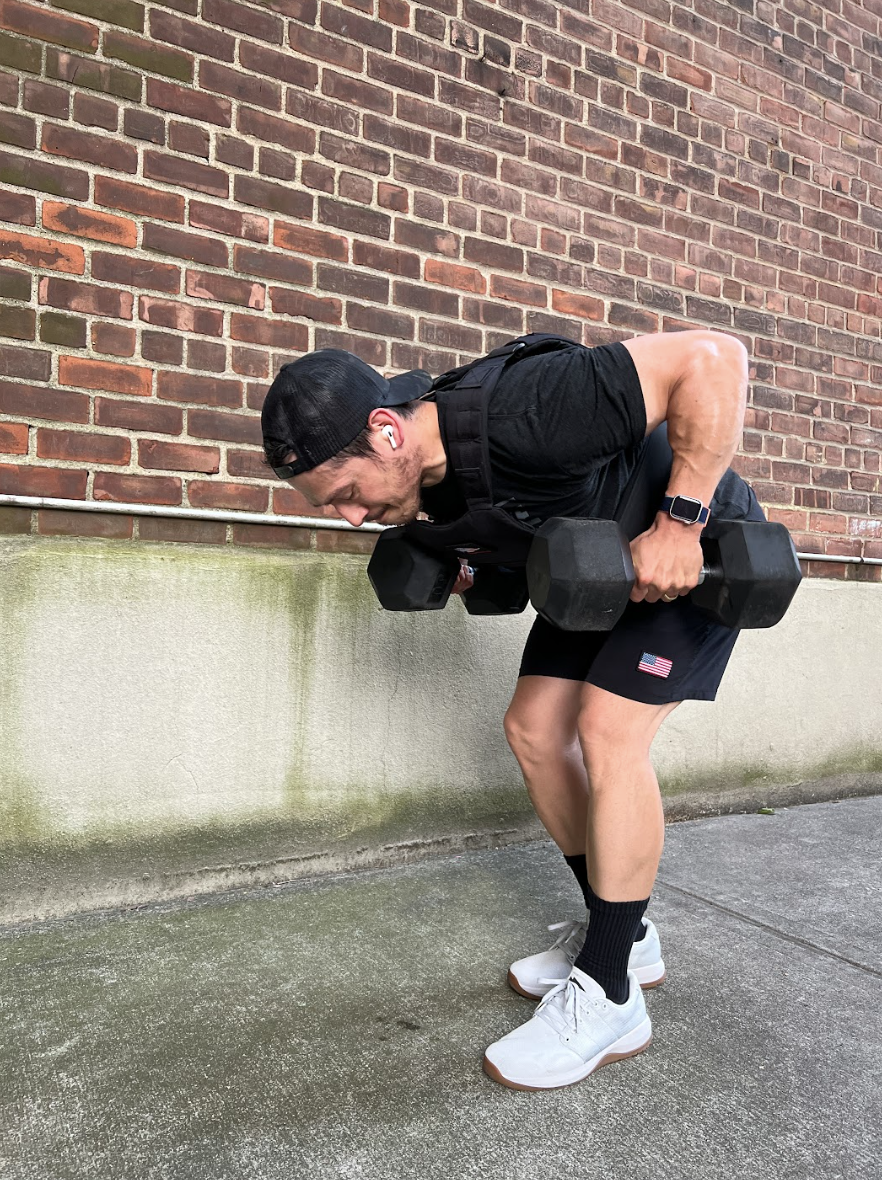
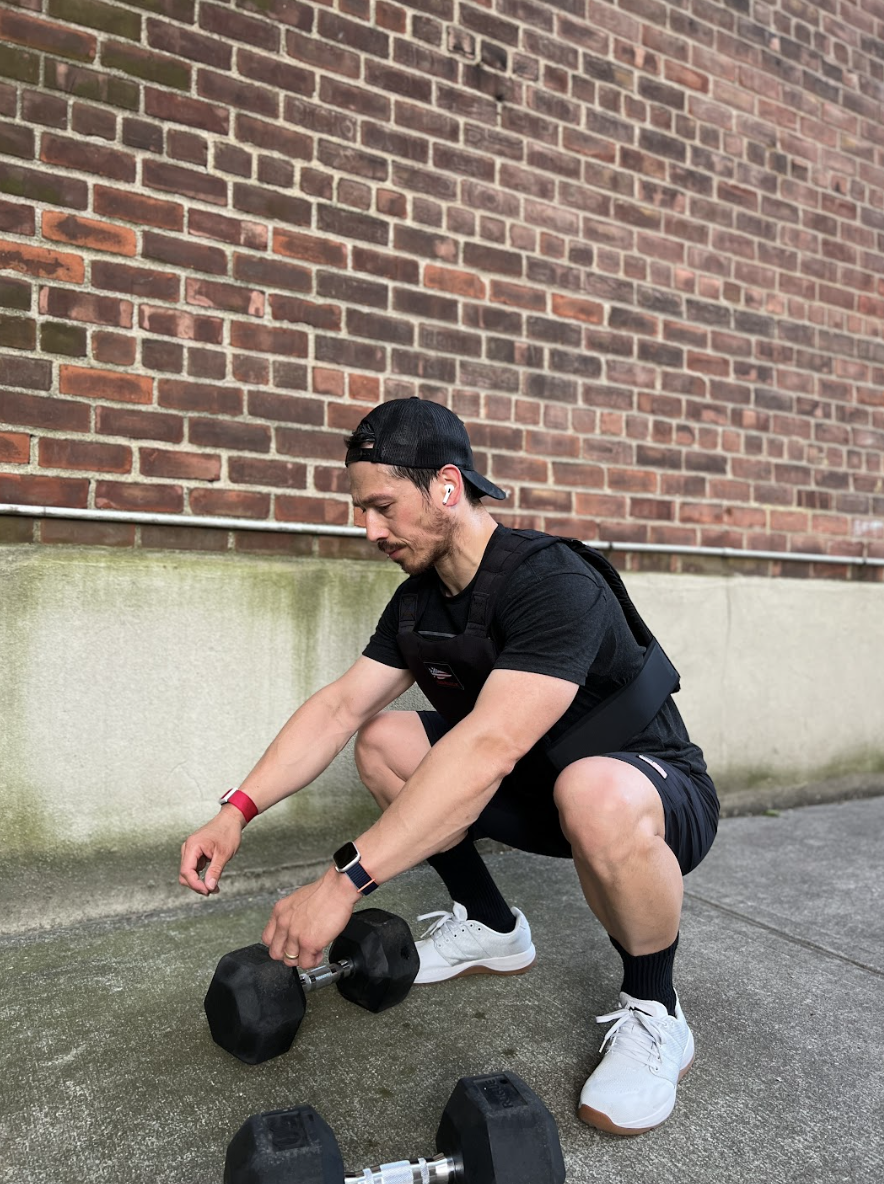
hgh türkei kaufen
References:
airplayradio.com
wachstumshormon hgh kaufen
References:
anabolika und hgh kaufen
somatropin hgh kaufen
References:
cineblog01.rest
Thanks for sharing. I read many of your blog posts, cool, your blog is very good.
anabolic steroids and immune system
References:
https://friends4ed.co.zw
Some bodybuilders and athletes use anabolic steroids might
take the steroids orally, inject them into muscle tissue,
or apply them to the pores and skin as a gel or cream.
These doses could additionally be 10 to one hundred instances larger than doses prescribed by medical professionals to deal with medical situations.
All anabolic steroids are Drug Enforcement Administration (DEA) schedule three drugs 24, 25,
26. Using anabolic steroids this fashion, without a prescription from a
physician, just isn’t authorized or secure.
Methenolone is a by-product of dihydrotestosterone (DHT) or more specifically a structurally
altered type of DHT. A double bond at carbon one and two is added to the DHT hormone, which in turn greatly increases the
hormone’s anabolic nature. It also carries an added
1-methyl group that protects it from hepatic breakdown. The addition of the Acetate ester additional
protects it from hepatic metabolism.
There are ways to navigate this treacherous terrain and mitigate the psychological
well being risks. One of essentially the most alarming psychological effects of substance abuse like steroids is the
potential for steroid-induced psychosis and mania.
Think About your actuality all of a sudden shifting, your ideas racing out of control, maybe even experiencing hallucinations or delusions.
It’s a terrifying chance that underscores the powerful impression these substances
can have on our brains.
You can use most of the ancillary compounds talked about above in the lengthy cycles part.
You should think about the cycle length, which can change how you use issues like peptides right here.
Additionally, you won’t need the long-term HGH use on a 12-week cycle, however it
helps enhance features during the cycle (as are others like
IGF). At the decrease finish, beneath 500mg, you’re taking a
look at testosterone alternative and a few noticeable boost to energy,
energy, recovery, and features. Nonetheless, taking no
less than 500mg weekly is standard, usually growing
to 1000mg for significant features.
Individuals should seek the advice of with medical professionals earlier than contemplating TRT.
Our expert team, including an train scientist with over 20 years of
experience, has fastidiously analyzed this important subject.
We combine scientific analysis with real-world expertise to provide the complete picture.
They Will focus on your addiction with you, the means to safely cease taking steroids, and any obstacles you
might face when attempting to stop, plus tips for coping with those obstacles.
Customers tend to exercise extra once they’re taking
high doses to make the most of their improved efficiency during this time.
Over one hundred different kinds of steroids have unique properties
and potential unwanted effects. The illegality of buying steroids leads to uncertainty about the substance’s authenticity, posing significant well being dangers.
It’s plain that steroids have been utilized in a medical capability for
decades and in a much less official performance-enhancing one for nearly as long.
This is a uncommon disease that occurs when the adrenal glands don’t produce sufficient of the corticosteroid that the physique needs.
Weigh the advantages and risks of corticosteroids, such
as prednisone, when choosing a drugs. The mechanism mediating an AAS-induced increase
in blood strain is hard to evaluate, and most proof comes from in vitro and animal experiments.
A cycle length of at least 12 weeks is required to get
the maximum profit from this steroid. Androgenic results are one other set of potential side effects of Trenbolone
use. Trenbolone is a highly androgenic steroid that
may bind to androgen receptors within the physique, leading to a
variety of androgenic results.
Inside the cell, it could both bind on to the androgen receptor (AR) to have an effect on gene expression or endure bioactivation into dihydrotestosterone (DHT) by 5αR-reductase (5αR) family enzymes or estradiol (E2) by aromatase.
DHT could be subsequently inactivated to
3α-androstanediol (3α-diol) by 3α-hydroxysteroid-dehydrogenase (3αHSD).
Males who develop infertility on account of anabolic steroid use may be given medicines to
assist restore fertility.
References:
PedsElite
For a urine test, the person supplies a sample in a sterile container, which is
then sent to the laboratory for analysis. For a blood
test, a healthcare skilled collects a small sample of blood from a vein in the
arm utilizing a sterile needle. The course of typically takes about 5 to 10 minutes for sample collection. Laboratory analysis makes use of superior techniques corresponding to gasoline chromatography-mass
spectrometry (GC-MS) to detect the presence of steroids.
Outcomes are normally available within a couple of days, relying
on the laboratory’s processing time. Of course you see the conventional
unwanted side effects, hair loss, modifications in libido, cholesterol points, and acne.
Halotestin (or Halo or Fluoxymesterone if you’re nasty)
is nearly solely an aggression and power drug.
Moreover, an anabolic steroid user misses out on social gatherings and
other important work just to clock in his daily exercises and stick to
his steroids dosage. Safer options like the most effective
oral steroid with least unwanted facet effects
or most secure steroids for over 50 should always
be prioritized. We considered security rankings based on effects on ldl cholesterol, hair loss, and total unwanted effects.
This reduces the possibility of estrogen-related side effects,
making them safer. Anavar is usually cited as the safest
oral steroid because of its gentle profile.
Proviron does this by growing the metabolites of
other steroids, such as Dianabol. It additionally binds to SHBG (sex hormone-binding globulin) with a
excessive affinity, increasing free testosterone ranges.
If a newbie administers Dianabol in an inexpensive dose, being 10–20 mg per day (for men),
they may expertise notable will increase in muscle measurement and energy.
Primo is recognized as one of the least impactful Steroids identified
to man and has usually been compared to Anavar (Oxandrolone)
by means of unwanted effects. Sure, Primo does have side effects like hair loss, testosterone shutdown, etc, but
it’s far less dangerous than different injectable Steroids.
Sure medicines have been shown to help treat the signs of anabolic steroid withdrawal in some circumstances.
As Soon As withdrawal symptoms start, they could be refined, such as headache, nausea, and irritability.
It may not take lengthy for symptoms to ramp up, with some previous steroid users experiencing excessive fatigue
whereas struggling with insomnia.
Still, nobody is conscious of precisely how steroids moved from the scientific realm into the
world of sports activities. Some say that bodybuilders in California were utilizing testosterone preparations as early because the latter 1940s;
others say it was the Russian weight lifters of the early Nineteen Fifties.
What we do know is that even whereas researchers were still sorting out the mechanisms of motion and
testing drugs in a methodical style, steroid use jumped from
the laboratory and began spreading by way of sports activities.
These findings do, nonetheless, raise the chance that
there might be a biochemical foundation for the aggressiveness some steroid customers show.
Table 1 Effects of injectable and 17α-alkylated AAS on serum lipoproteins and ldl cholesterol efflux capability.
Classification of a facet effects’ chance relies on expert opinion of the authors.
The SMSNA periodically receives and publishes ‘guest editorials.’ The current article was submitted by Mia Barnes, a contract writer and researcher who focuses on women’s health,
wellness, and healthy residing. A good therapy program begins with helping you
withdraw safely, lowering the risk of relapse. If
you’re battling deeper issues, getting off steroids is just the first step.
Addressing these underlying issues is essential to breaking free from
habit for good. This can last from days to weeks, and
the way robust it’s is dependent upon how a lot of the drug you had been taking and how
typically you were taking it.
Some take one hundred occasions the dose legally prescribed for health
issues. The first step in treating anabolic steroid abuse is to discontinue use
and to hunt medical assist to handle any psychiatric or bodily signs which may
occur. AASs travel by way of the bloodstream to the muscle tissue,
where they bind to an androgen receptor. The drug can subsequently interact with the
cell’s DNA and stimulate the protein synthesis process that
promotes cell development. They affect many physique parts, together with
the muscle tissue, bones, hair follicles, liver, kidneys, blood, immune system, reproductive system, and
central nervous system.
The ratio of early (E) to late (A) ventricular filling velocity, or E/A ratio, decreased by zero.forty five.
This hints at decreased LV compliance, i.e., elevated LV stiffness.
Notably, all parameters returned to baseline on the end of follow-up.
However, this doesn’t preclude the chance that these adjustments might become permanent with more extended AAS
use or with repeated cycles that provide too little time for recovery to happen in between. This is very worrisome as there is
appreciable evidence that myocardial damage, which can accumulate
in years of ongoing AAS use, is a primary trigger for sudden cardiac dying in AAS customers (217).
References:
Alimentos con compuestos esteroideos